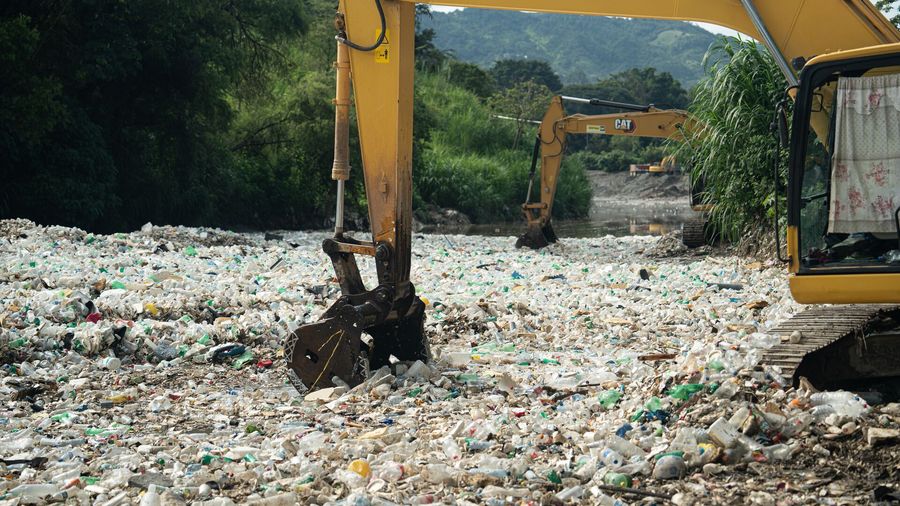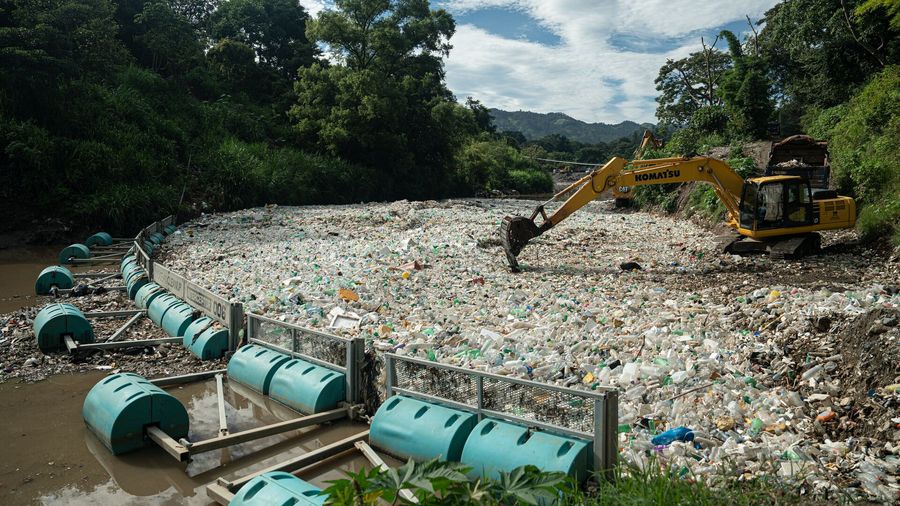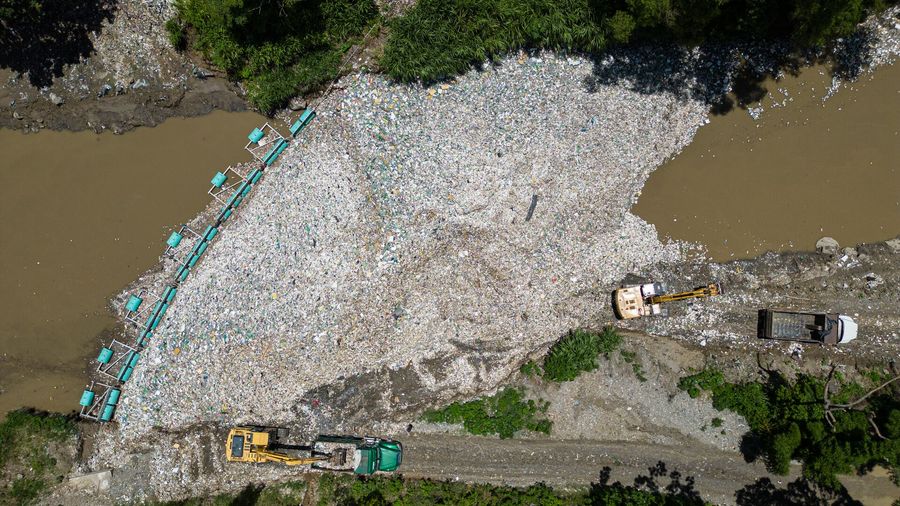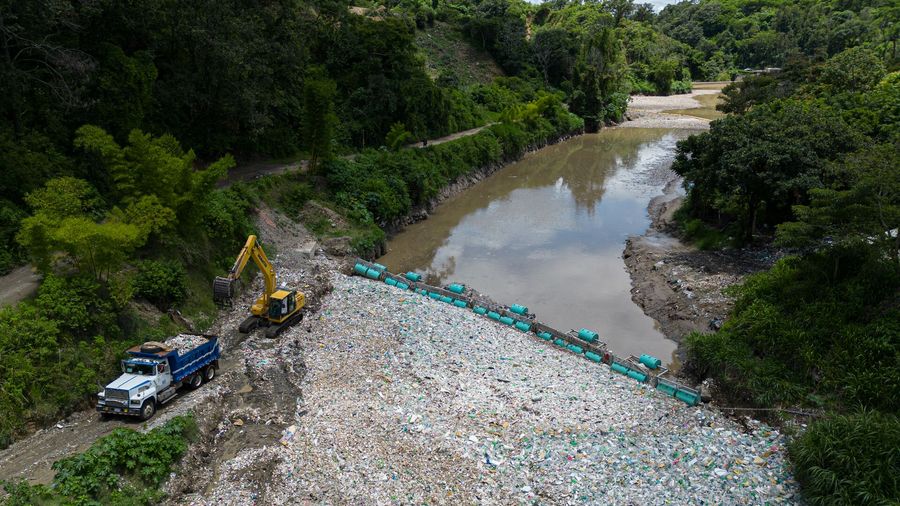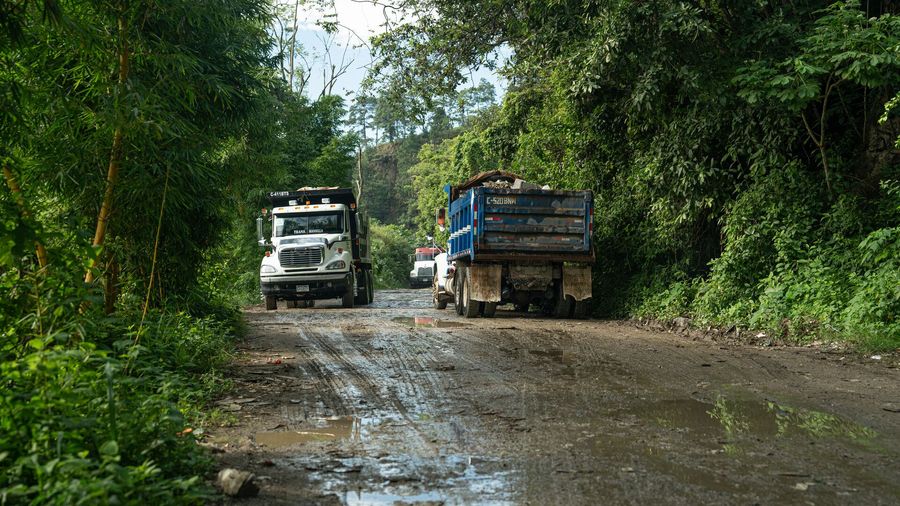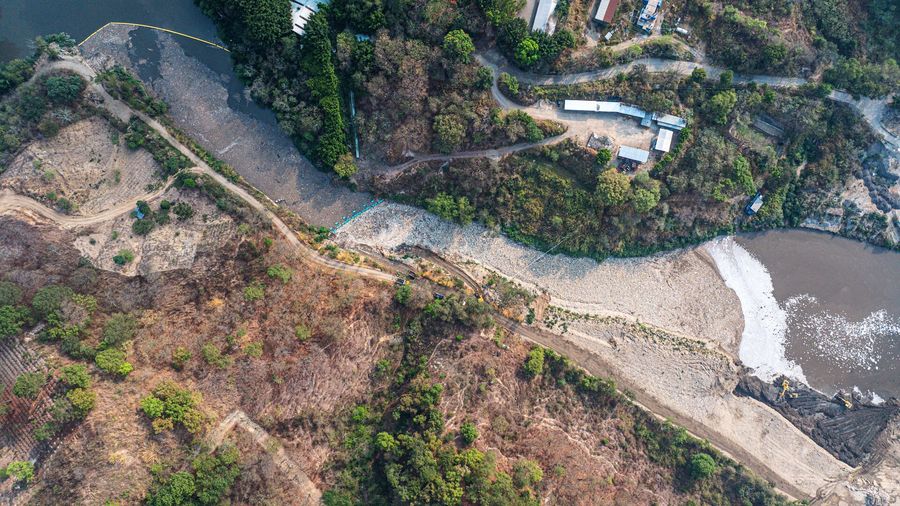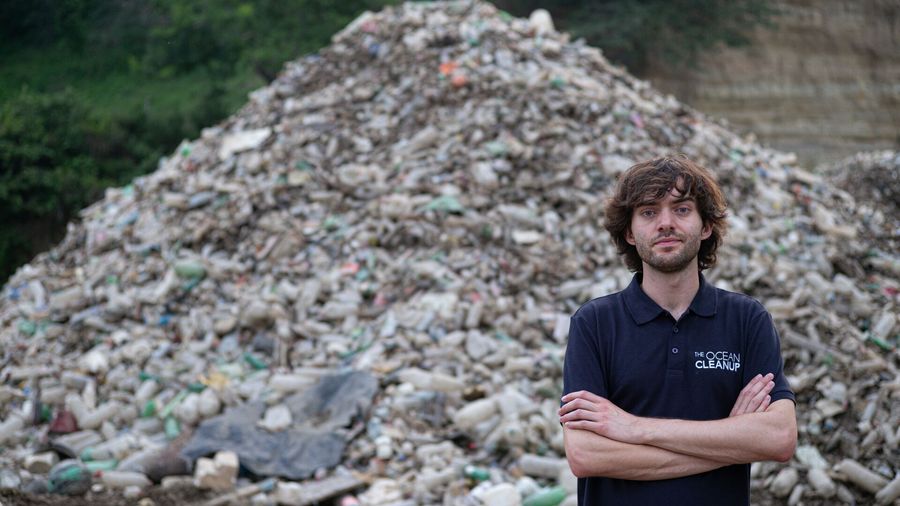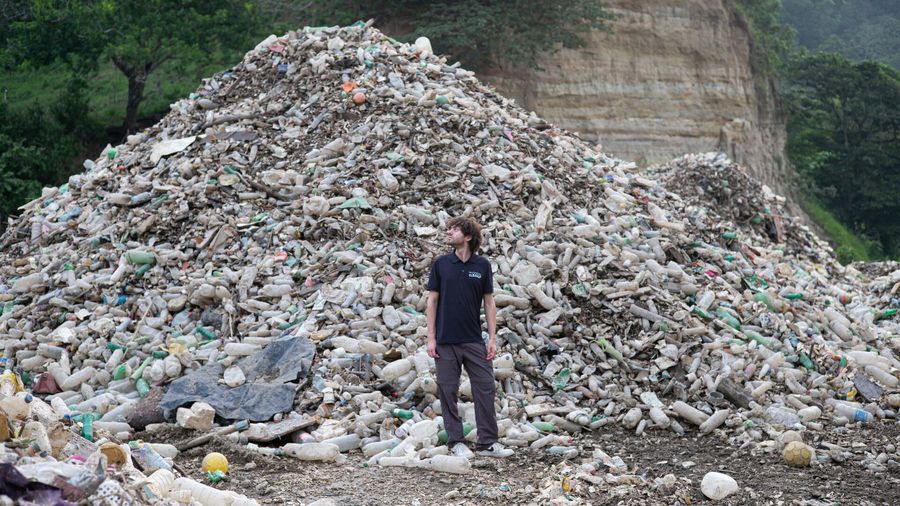
Will this be our biggest ever river catch?
Back to updatesInterceptor 006 captured hundreds of truckloads of trash – and counting – in just a few hours in the first flood of the year – all prevented from reaching the Caribbean Sea.
After capturing millions of kilograms of trash in its first year of operation, Interceptor 006 has made a strong start to its second year and first full rainy season in Guatemala, capturing what may be our biggest river catch so far – in only a matter of hours.
Our crew on the ground in Guatemala are still working hard to extract all of this waste from the river and confirm the exact weight. Which such an enormous amount of trash to transport, we’re still verifying the total amount – follow @theoceancleanup to find out in the coming days if it’s our biggest so far.
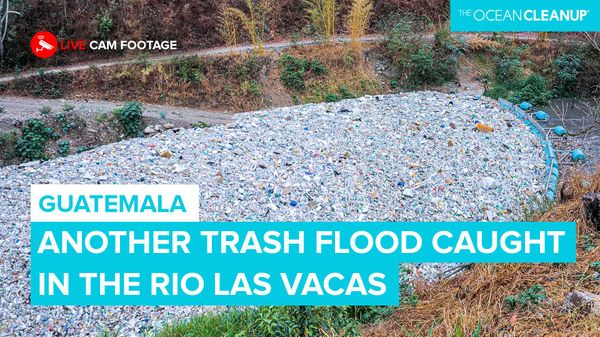
Interceptor 006 is located in the Rio Las Vacas, around 16 km north of Guatemala City. The Rio Las Vacas is a tributary of the Rio Motagua – one of Guatemala’s main waterways and a significant contributor to plastic emissions into the Gulf of Honduras and the Caribbean Sea. Waste management challenges mean municipal and sanitary waste from Guatemala City is washed into the Rio Las Vacas during heavy rains, with this waste then flowing into the Rio Motagua and towards the coast. Prior to our deployment, it was estimated that up to 20 million kilograms of plastic waste was emitted from the Rio Motagua into the ocean, each year: much of it via the Rio Las Vacas.
We call our deployment in the Rio Las Vacas the Interceptor Barricade: a set of two strategically located floating booms which capture plastic while allowing the force of the flooding river to pass underneath. The booms are chained to foundations dug deep into the riverside and set in concrete, ensuring Interceptor 006 has the strength and stability needed to stop and retain such enormous quantities of trash repeatedly throughout the rainy season.
Intercepting plastic in highly-polluting rivers is the fastest and most cost-effective way to clean the oceans and is the focus of our Rivers program, as we look to stop plastics from reaching the ocean. Our network of Interceptors is maturing around the world: our first prototype Interceptor 001 recently celebrated 5 years since deployment in Indonesia. We have also recently announced the arrival of Interceptor 019 in Bangkok, Thailand and a new partnership in India, starting in Mumbai.
With over 9 million kilograms of trash extracted from rivers globally to date, alongside our recent return to the Great Pacific Garbage Patch, we continue to advance our mission in both oceans and rivers. We are encouraged by this positive start to 2024 and expect to see our catch total increase dramatically this year.
Interceptor 006 has had unprecedented impact in Guatemala – and is kicking off 2024 in encouraging style. We look forward to learning just how massive this trash flood was and continuing to optimize Interceptor 006 to catch much more during the year.
Our mission is to rid the oceans of plastic, and Interceptor 006 is bringing us closer to completing that mission. Stay tuned to @theoceancleanup and monitor our updates on theoceancleanup.com to see our impact of our Interceptors in Guatemala and other rivers around the world.
Interceptor 006 in the Rio Las Vacas, Guatemala, is deployed by The Ocean Cleanup in collaboration with partners Municipality of Guatemala City, Ministerio de Medio Ambiente y Recursos Naturales, BiosferaGT, and Aliarse.


